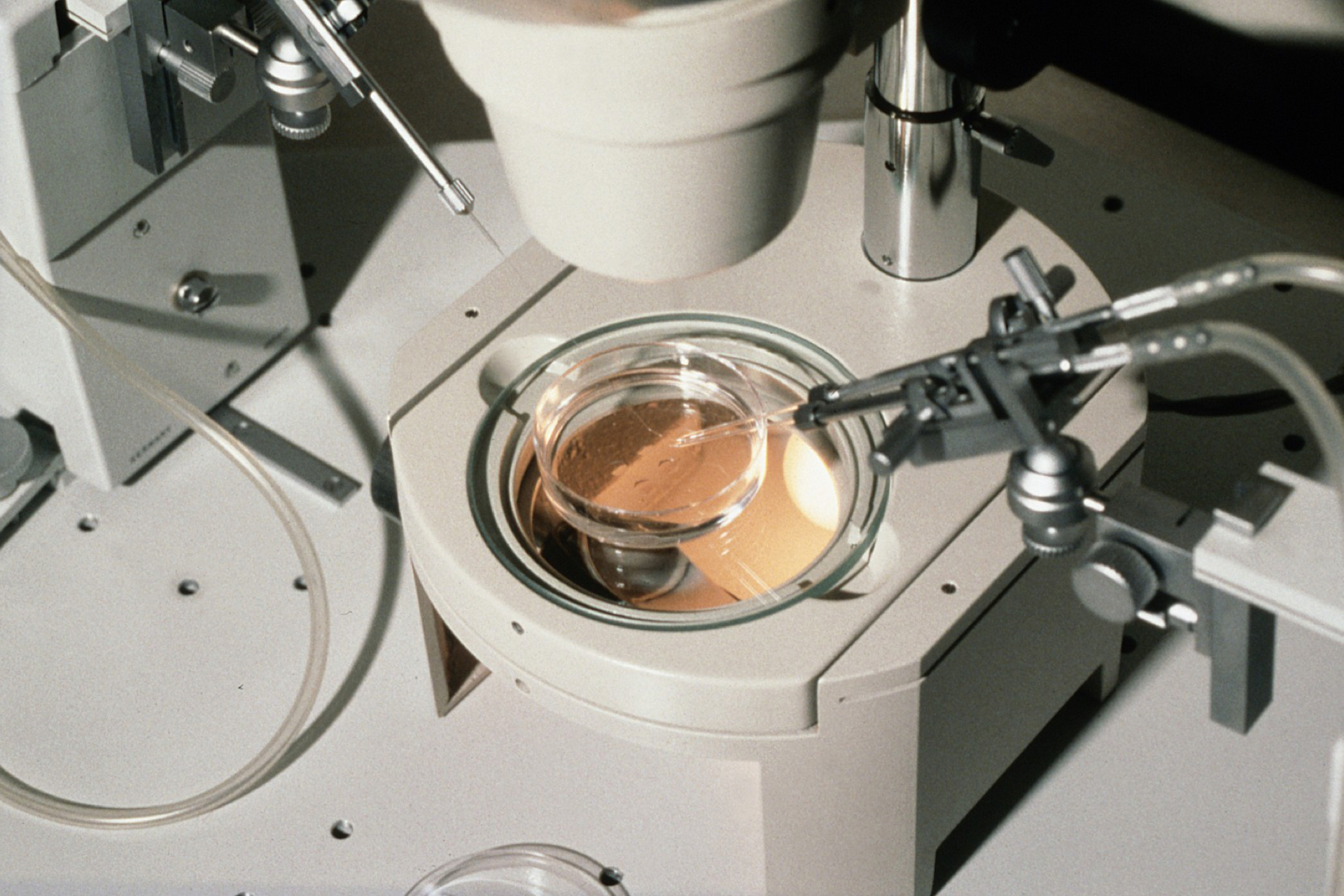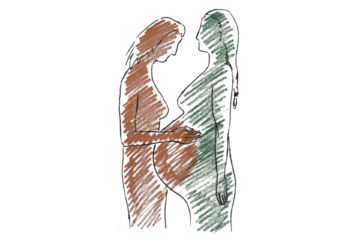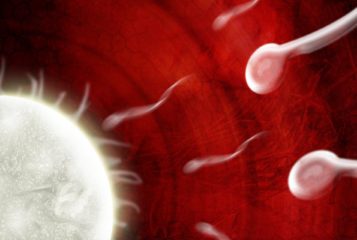The 'Real Families: Stories of Change' exhibition at the Fitzwilliam Museum in Cambridge expertly explores, through artwork, how family structures and dynamics have evolved in the wake of recent scientific achievements and legal reforms.
Since the 1960s, the UK has seen significant technological and social advances, including the introduction of IVF and establishment of the Human Fertilisation and Embryology Authority. With breakthroughs in assisted reproductive technologies came novel family forms, including those formed through IVF, donor insemination, egg donation and surrogacy. Developed in collaboration with the Centre for Family Research at the University of Cambridge, 'Real Families: Stories of Change' showcases artworks that collectively navigate modern families. Guided through an intimate and moving series of works spanning painting, photography, sculpture, film and audio, viewers are invited to consider what constitutes a 'real' family.
As a donor-conceived person myself, I was initially uncertain as to how an exhibition attempting to portray research findings through artwork would capture the range of complex emotions that can accompany a modern family structure. Curated by Professor Susan Golombok, former director of the Centre for Family Research at the University of Cambridge, this exhibition carefully communicates decades of research, while also attempting to portray the emotional intricacies and nuance of modern family relationships.
Walking into the exhibition, attendees are met with a large timeline documenting scientific, legal, and social events affecting families that have taken place in the UK over the last 50 years. News headlines from 1978 recount public disclosure of lesbian mother families formed through artificial insemination and the world's first 'test-tube' babies. The visual representation of relevant events through to the recent disclosure of gamete donor information (see BioNews 1209) effectively highlights the new ways in which families are formed and sets context for the artwork to follow.
In the 'What is Family?' section of the exhibition, modern family forms are directly addressed. Among the works are photographs capturing single parents who have formed families with the help of assisted reproduction, as well as Stuart Pearson Wright's painting 'Halfboy and Halfsister', which reflects feelings of solitude and ambivalence growing up with half-siblings as a donor-conceived child. Taken independently, each piece is deeply personal. An intimate snapshot into someone's lived experience. Taken together, the collection of artworks echoes feelings of love, gratitude, isolation, and distress entangled in modern family structures.
Attending the exhibition as an individual from a modern family, I found myself searching for elements of my own story among the stories told. Despite the fact that the exhibition does not and could not possibly capture elements of every viewer's personal experience, 'Real Families' is extensive in the family forms and relationships explored. Regardless of whether one identifies as belonging to a modern family, the sheer breadth of experiences and themes portrayed virtually guarantees everyone who visits will resonate with an aspect of the exhibition in some way.
Although the exhibition is largely focused on artworks from the last 50 years, various historic pieces are interspersed throughout. Perhaps somewhat misplaced at first glance, these historic works are strikingly deliberate with the message they each intend to covey. While some prompt consideration of how modern families challenge the notion of a traditional family structure, others draw clever comparisons with more contemporary concepts.
Elina Brotherus' powerful self-portrait 'Annonciation 7, Jour de l'Annonciation' reflects the artist's personal experience with unsuccessful rounds of IVF treatment. The piece is a direct reference to Nicolas Poussin's 'The Annunciation', hung alongside it, which depicts the Angel Gabriel telling Mary that she will conceive the son of God. Initially surprised by the parallel between a contemporary photograph and a 1657 oil painting, I was moved by the contrasting feelings of disappointment and elation that each piece evokes.
In addition to experiences of infertility, experiences of pregnancy loss are also addressed. Particularly poignant, a content warning sits outside the entrance to an audio installation inspired by the trauma of miscarriage. Whether or not one personally relates to the stories relayed throughout this exhibition, the collection of experiences is inherently emotional. Undeniably compelling and at times upsetting, I found the exhibition to be an emotive experience in its own right.
As attendees progress through thoughtfully curated artworks, academic research findings are subtly interwoven into a much larger dialogue. Beyond family forms, 'Real Families' additionally tackles the ways in which families change and persist over time. Amid the somewhat overwhelming mine of personal experiences encapsulated in this exhibition, Donald Rodney's eye-catching and heart-wrenching photograph 'In the House of My Father' grapples with inheritance of hereditary disease. While the broad-ranging themes running through these artworks could arguably fill a much larger space, this exhibition aptly prompts viewers to reflect and reconsider how they define and think about family.
The product of a unique collaboration, 'Real Families: Stories of Change' presents a skilfully curated collection of artworks that navigates the intricacies of modern family relationships. Rooted in moving personal accounts of lived experience, this exhibition will prove an insightful and thought-provoking experience for all those who visit.
The curator of the 'Real Families: Stories of Change' exhibition, Professor Susan Golombok, will be speaking at the 2023 PET Annual Conference – How Much Change Do We Want? Updating Fertility, Embryo and Surrogacy Law – taking place online on Wednesday 6 December 2023.
Find out more and register here.






Leave a Reply
You must be logged in to post a comment.